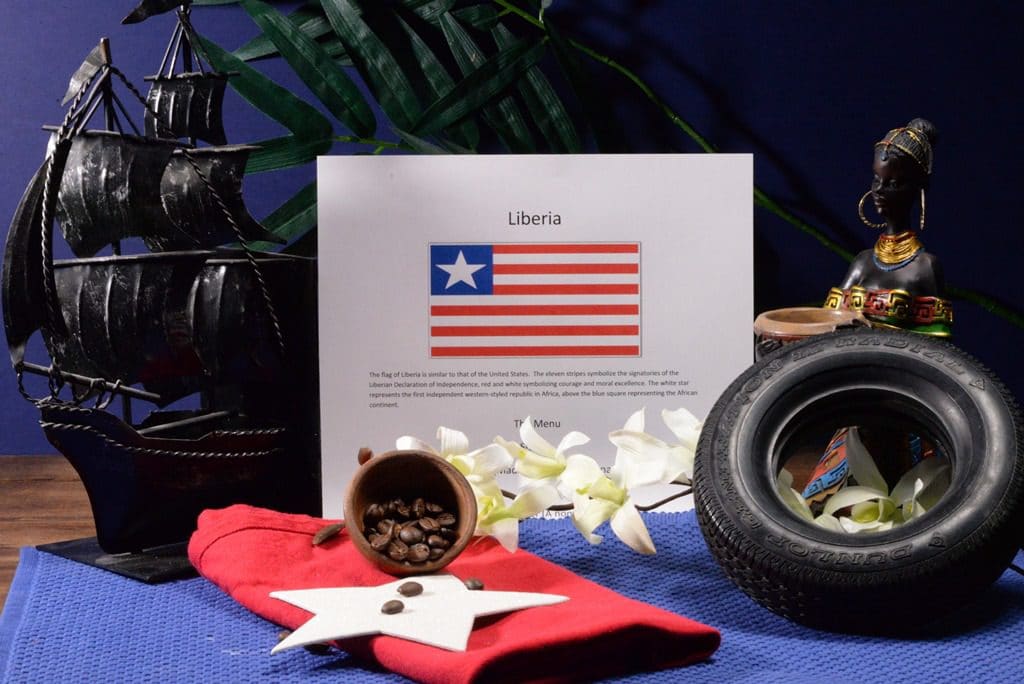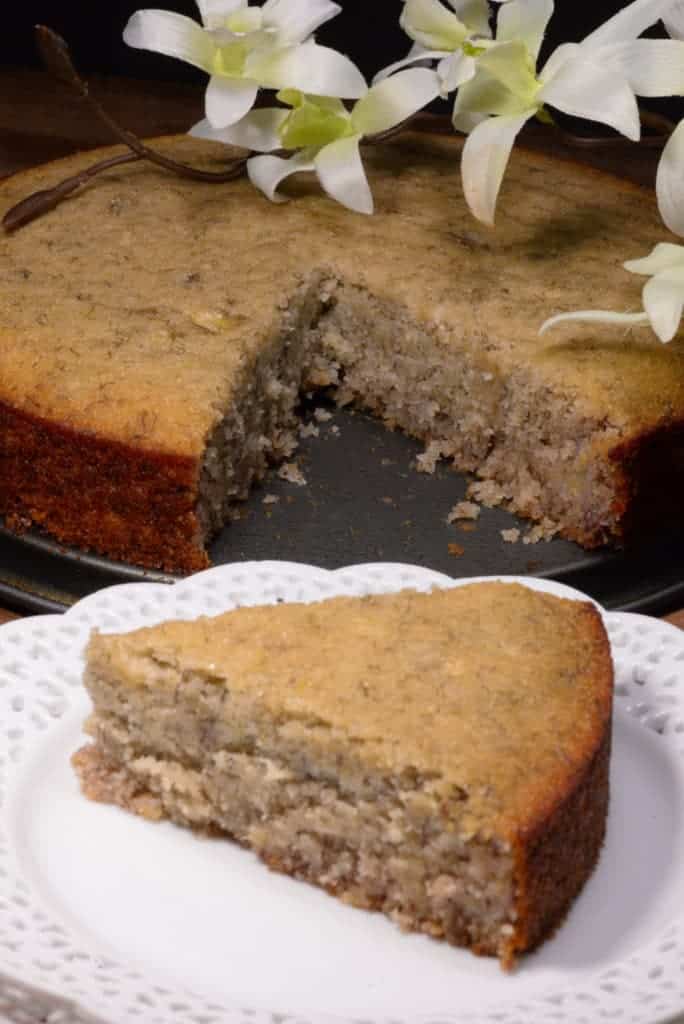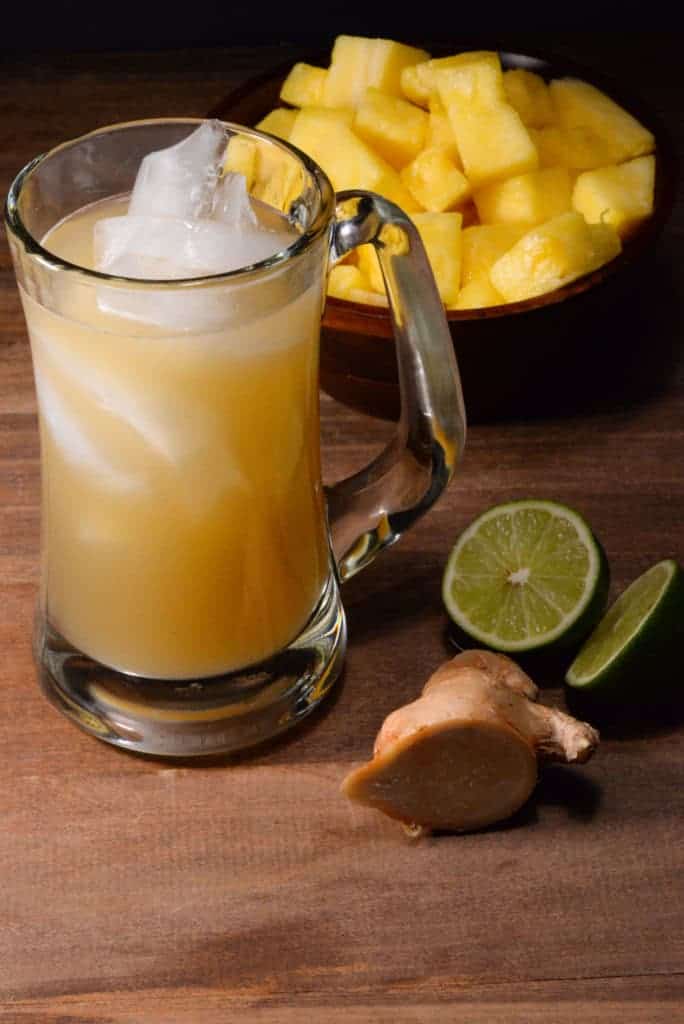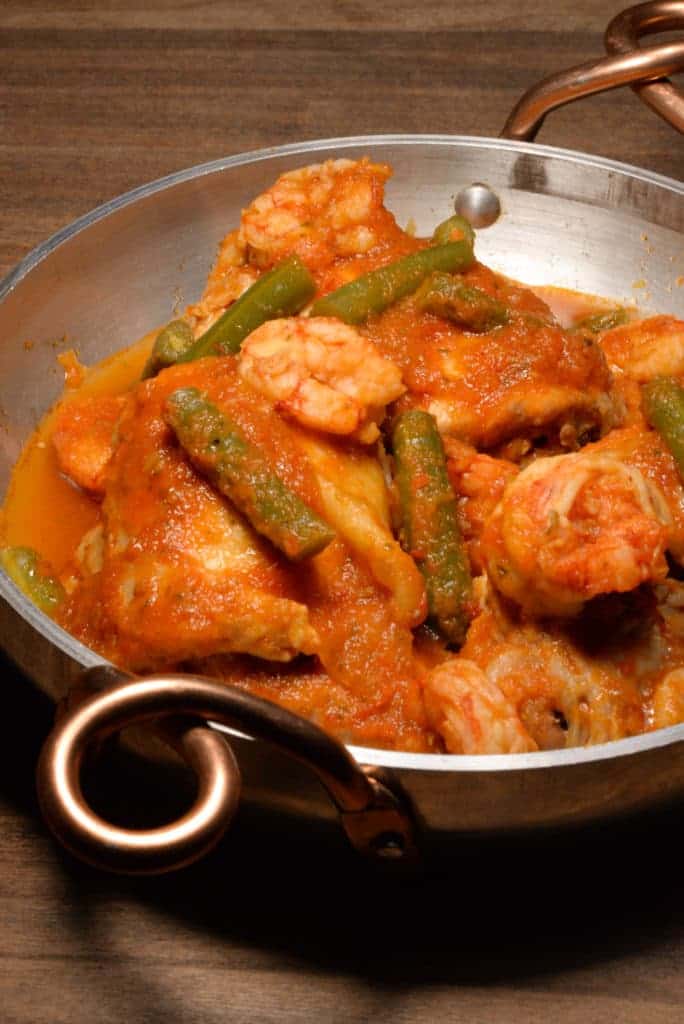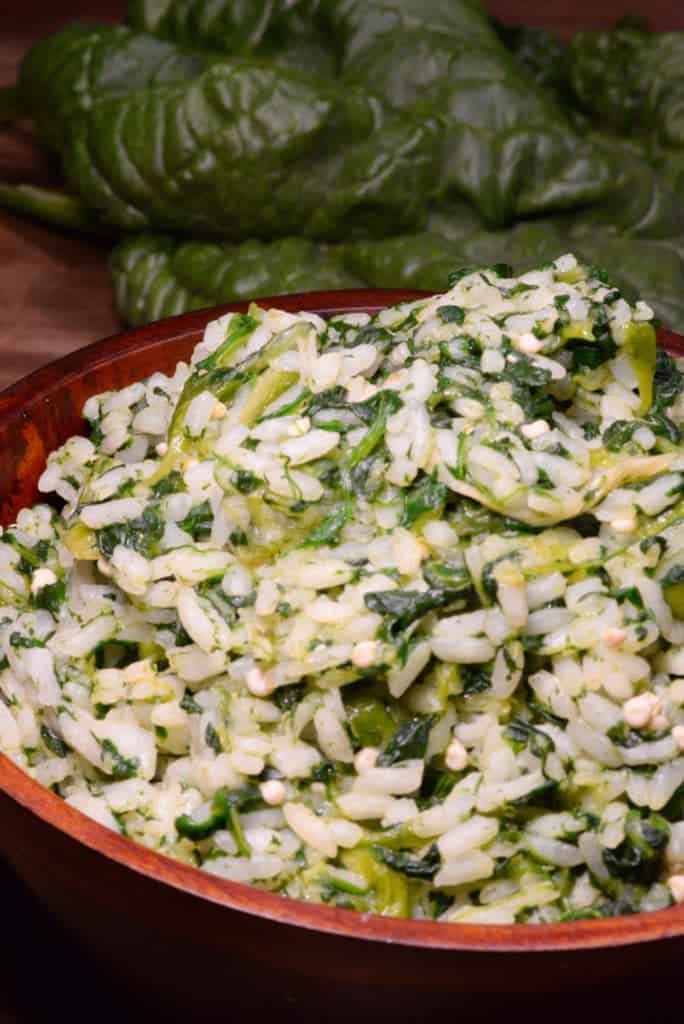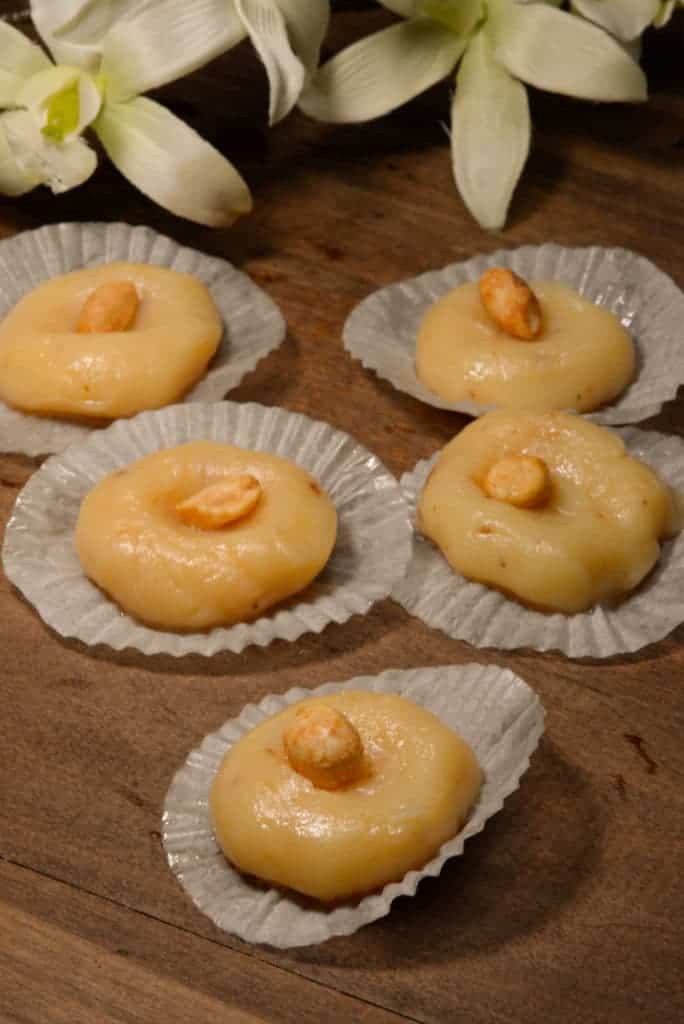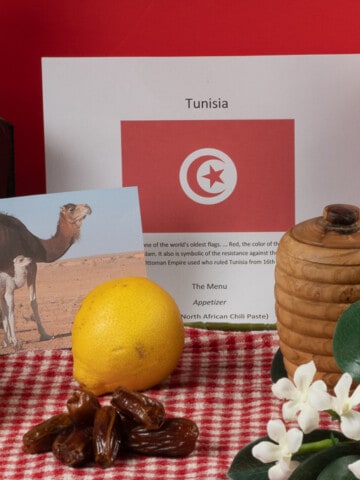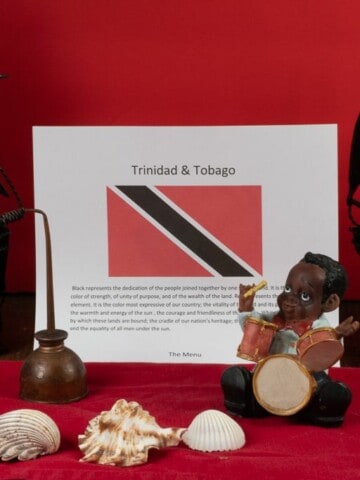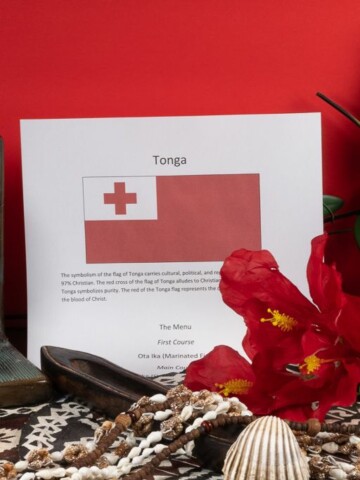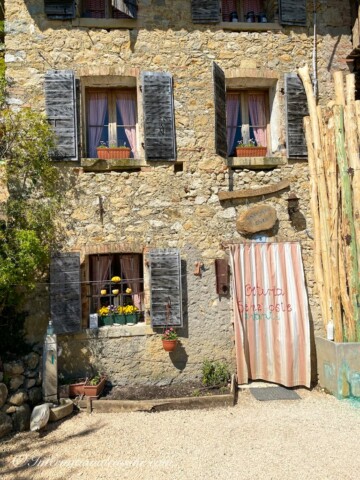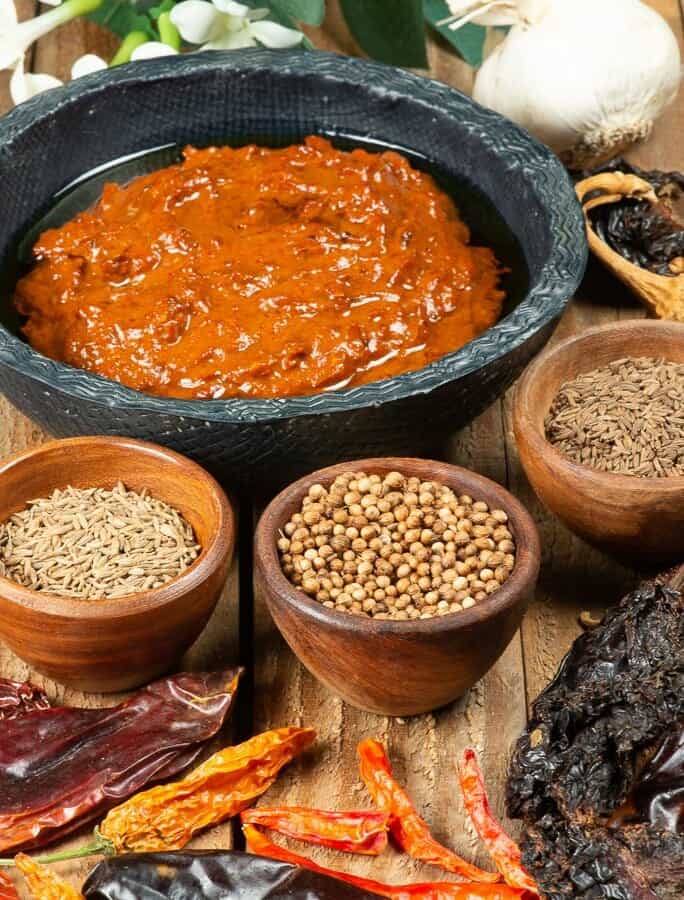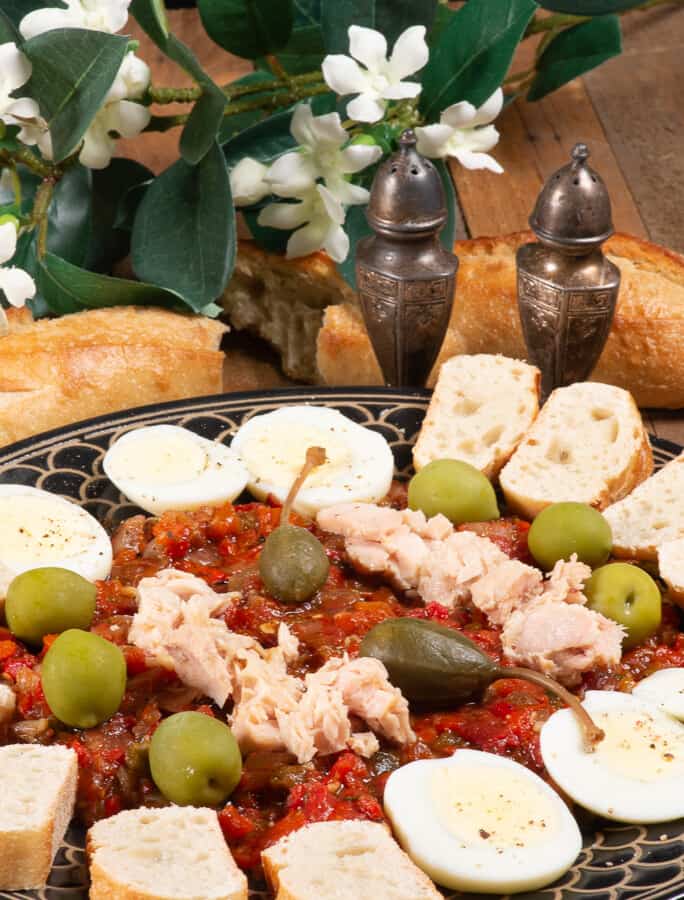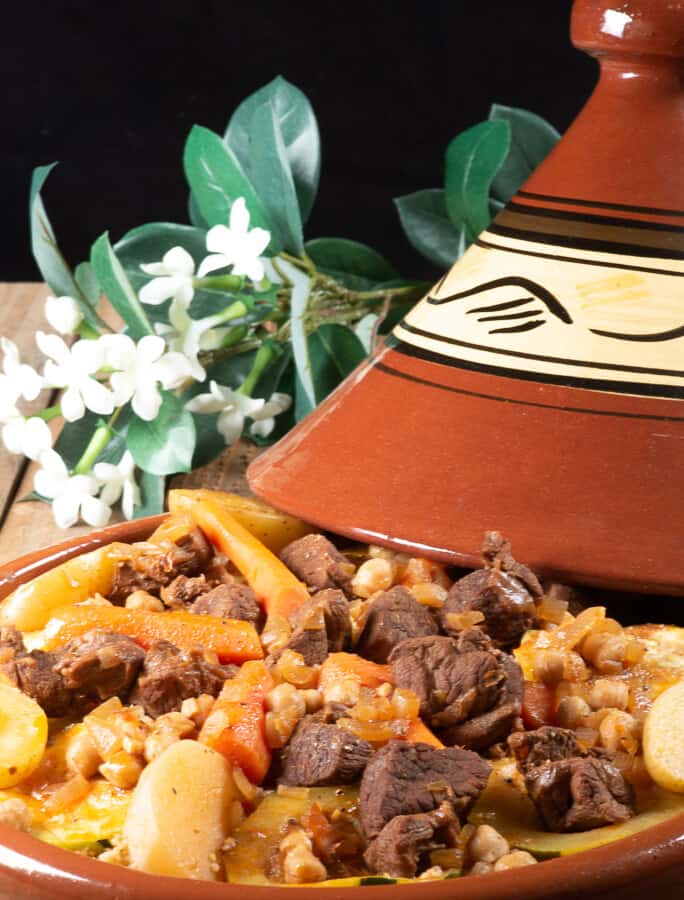Liberia gets its name from the Latin word liber which means “free”, so Liberia means “Land of the Free.” Liberia is located on the West African coast. It is bordered by Sierra Leone to the northwest, Guinea to the north and Cote d’Ivoire, to the east. In 1816, a group called, the American Colonization Society, or the ACS, which was made up mostly of Quakers and slaveholders in Washington D.C., agreed that black Americans should be repatriated to Africa. The Quakers opposed slavery and felt that freeborn, black slaves would face a better chance in Africa than in the United States. They also wanted them to spread Christianity, which they did, resulting in Liberia becoming the most Christian of all African countries. The slaveholders however, only agreed to the emigration because they were in fear of a slave rebellion, like the one that took place in Haiti, called Santo Domingo. In 1822, the first ship of 86 black emigrants landed on Cape Montserrado, at the time known as the Grain Coast.
In 1824, the settlement was named Monrovia, after the American president and ACS member, James Monroe. The colony then became the Republic of Liberia. The first years were a real challenge. The settlers suffered from malaria and yellow fever, which were epidemic in the area. They also faced attacks from the native populations who were not at all happy with the settlement. Despite these challenges, the black settlers were determined to show the rest of the world that they could create and develop their own country and so freed slaves kept arriving. Over the next forty years, 19,000 Americo-Liberians, as they were called, settled there.
The settlers built schools, including a university and during the early years, their agriculture, trade and shipbuilding flourished. As the only free republic in Africa, Liberia was a model for other African colonies trying to achieve independence. William Tubman became president of Liberia in 1944 and made great strides to modernize parts of Liberia along the coast. He also allowed indigenous populations into the mainstream, giving them the right to vote. His rule, however, gradually became more and more authoritarian, he even changed the constitution to allow himself to remain in office for seven consecutive terms. By the time of his death in 1971, frustrations were at a peak. The population was growing poorer and lacked basic needs like access to safe drinking water and electricity. His successor, William Tolbert, tried to improve the political and economic climate but his attempts failed. Basically Liberia has struggled through civic divisions and violence ever since.
On Christmas Eve of 1989, a rebel army began a brutal civil war, organized by a man named Charles Taylor. Entire villages were emptied. Soldiers, many of them just children, were forced to commit unspeakable atrocities, raping and murdering people of all ages. Fifteen years of bloodshed undid much of what Liberia had managed to achieve. The infrastructure was destroyed. More than 200,000 people were killed and another 1,500,000 were displaced or became refugees in other surrounding countries.
Today, Liberia is still healing and recovering, albeit slowly. Hope lies in the hands of the first ever, black female president in the world and first woman president in Africa. Her name is Ellen Johnson Sirleaf. She is Liberia’s 24th president and became a Nobel Peace Prize laureate, in 2011. As if she didn’t have enough to deal with after the country was torn apart by civil war, the Ebola outbreak hit her country extremely hard. Thanks to her persuasion of the international community and especially President Obama of the United States, the disease has been nearly eradicated in Liberia. She has made great strides in revitalizing the nation’s economy by building up infrastructure and restoring Liberia’s credibility with international entities. She is likely the best president the nation has ever seen.
As we look into the cuisine of this nation, it has largely been influenced by the free slaves that arrived there those many years ago. Most recipes come from the American south, as well as traditional West African creations. The population is made up of at least 26 tribes, in addition to those who came from the United States. English is the official language, along with indigenous languages. Most people survive on sustenance farming and many make their living in agriculture. Women sell their goods at local markets. Cassava, peppers, sweet potatoes, tomatoes and palm oil are all staple ingredients, along with a variety of vegetables especially okra and beans. Rice is also considered a staple food. It is a common saying in Liberia that “one has not eaten all day” if they had not enjoyed a dish with rice in it. Cassava leaves, along with different types of meats, are made into stews. However, meat is considered a luxury. Fish is cheaper than beef or chicken and is more commonly used in many of the dishes. Fufu, or dumboy with palava sauce, is considered to be their national dish. Palava sauce is a dish made with molokheya, a leafy green vegetable from the mallow family. It gets that same gooey texture that okra imparts and is readily available in Liberia. The sauce is stewed with dried fish and chicken, red palm oil and some heat from scotch bonnet peppers. Rice bread and sweet potato pone (cornbread), are also loved treats in Liberia.
So let’s enjoy a Liberian meal:
The Menu
Starter
Rice Bread (Made with Mashed Bananas)
Drink
Pineapple-Ginger Beer (A non-alcoholic drink)
Main Course
Liberian Chicken Gravy (Chicken and Shrimp in Sauce)
Served with
Check Rice (Spinach and Okra Rice)
Dessert
Milk Candy
We set the table with the colors of the Liberian flag, which very much resembles the flag of the United States of America; red, white and blue. A white star represents the first, independent, western-styled republic in all of Africa. A tire was placed to signify their robust rubber industry and cocoa, coffee and iron ore were added to represent other important exports. We included a ship to symbolize their very prominent ship building industry. Palm fronds were placed to characterize the Sapo National Park. This very significant, rain forest is home to many tropical birds and animals, including the rare, pygmy hippopotamus. Finally, we added a statue of a beautiful, African woman, to represent the hope that the current president brings to this nation.
Our meal began with a delicious slice of rice bread. It is similar to banana bread, as it is made with mashed bananas and combined with cream of rice for a lovely snack, any time of day. We enjoyed it warm, straight from the oven.
With our meal, we served a drink called pineapple ginger beer. Despite the name, it does not contain any alcohol and is ubiquitous in Liberia. It is a refreshing drink made with pineapple skin and ginger root that is boiled and then strained. Served icy cold, with a squeeze of lime, I will remember to make this revitalizing drink on a hot summer day.
For the main course we had a dish called Liberian chicken gravy. It is a much loved dish in Liberia and for good reason. The sauce combines complex flavors with spicy heat. This sauce was somewhat reminiscent of the African pepper sauce that we discovered from Cameroon (which I have made countless times since that journey.) The chicken gravy is made with both chicken and shrimp for a hearty meal. It was served with another loved dish, called check rice. Typically made from jute leaf, (also known as molokheya), I made the dish with spinach and okra, which are common substitutes for molokheya. To be perfectly honest, I have never really appreciated the consistency of okra, however the taste is quite lovely. I know many people around the world and especially in the deep South in America, love it. I decided to make it, as I always want to experience what moves the the culture through the food that is loved.
For dessert we had what they call milk candy. It is made from sweetened, condensed milk and is a simple, little candy treat that was topped with a roasted peanut. It was soft and creamy and reminded us of dolce de leche, from Argentina. It is simply delicious and very easy to make. Milk candy can be made to any consistency you like; the longer you cook it the harder and deeper in color it gets. This was a scrumptious, sweet end our Liberian meal.
After our meal we set up for a game of scrabble, since the scrabble association in Monrovia is an important meeting place to discuss politics. As the country continues to heal, there is a recognition that people can forgive but it is often hard to forget. Time can only help to heal their wounds. I am looking forward to reading a book by Graham Greene, called, Journey without Maps. He wrote this story in 1935, about a 350 mile, four week walk, through the interior of Liberia, searching for the”heart of darkness” in Africa.
I leave you with a couple quotes from the ultra famous and remarkable Oprah Winfrey, who has traced her African roots to Liberia:
“The more you praise and celebrate your life, the more there is in life to celebrate.”
“Don’t worry about being successful but work toward being significant and the success will naturally follow.”
and
“Be thankful for what you have; you’ll end up having more. If you concentrate on what you don’t have, you will never, ever have enough.
Until next week,
Warmest regards,
Darlene

